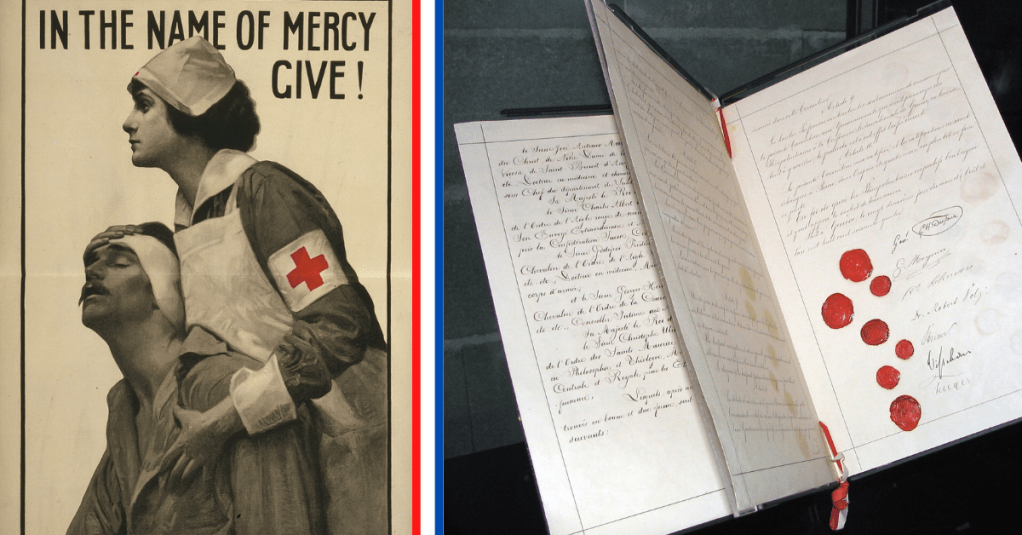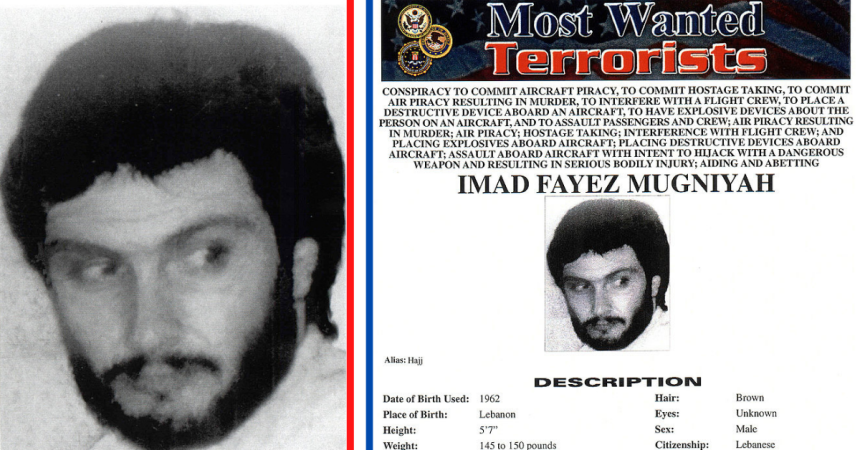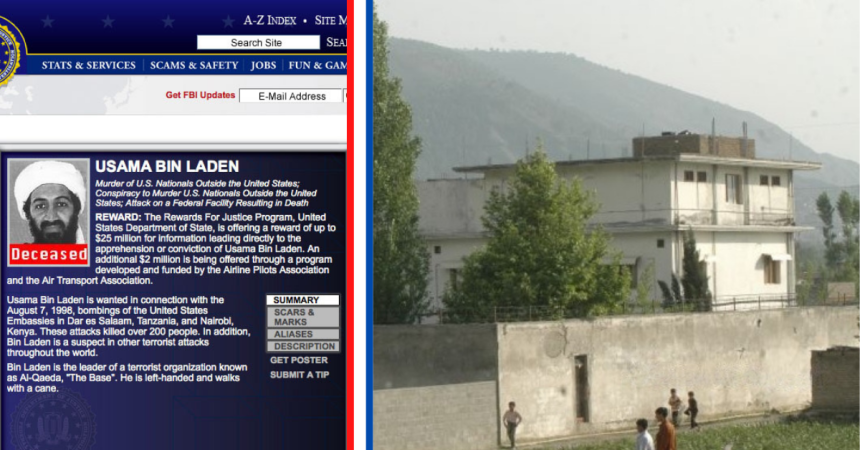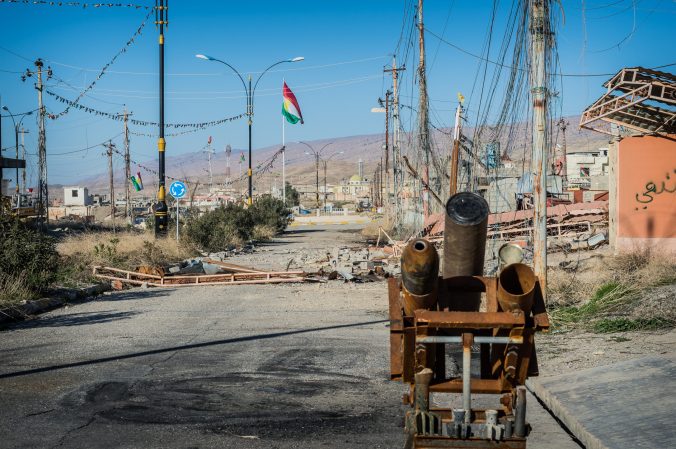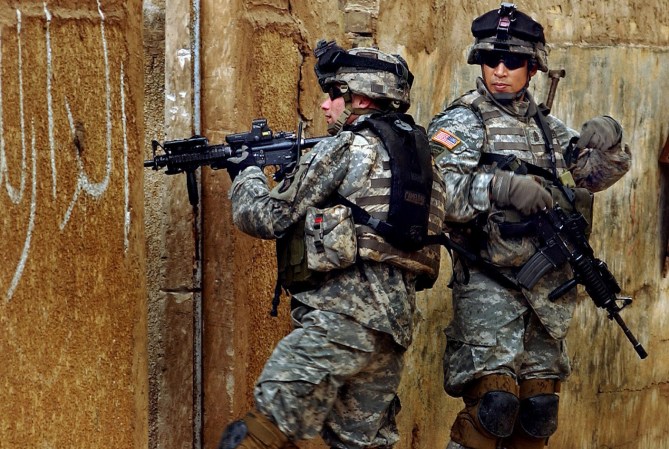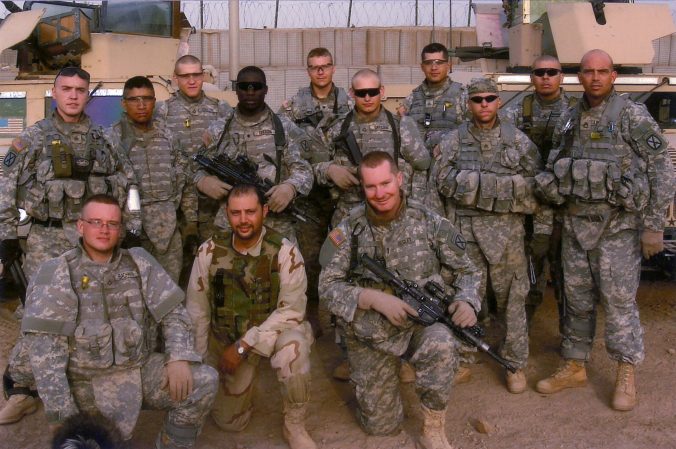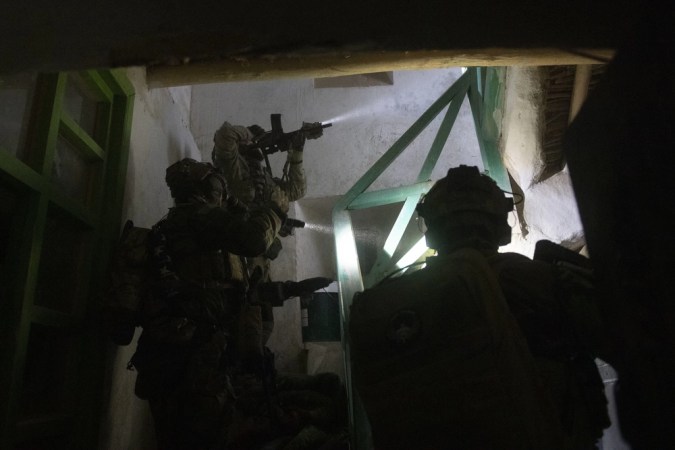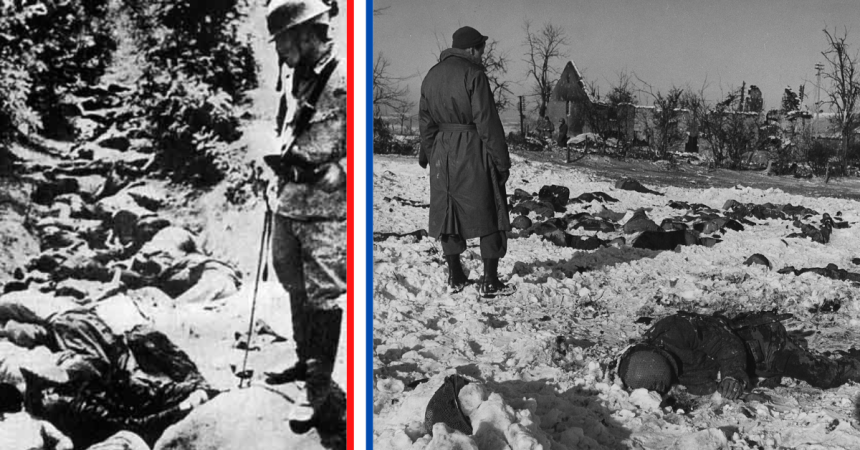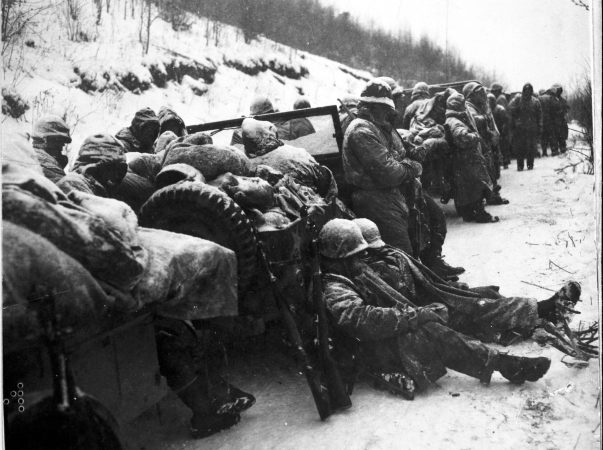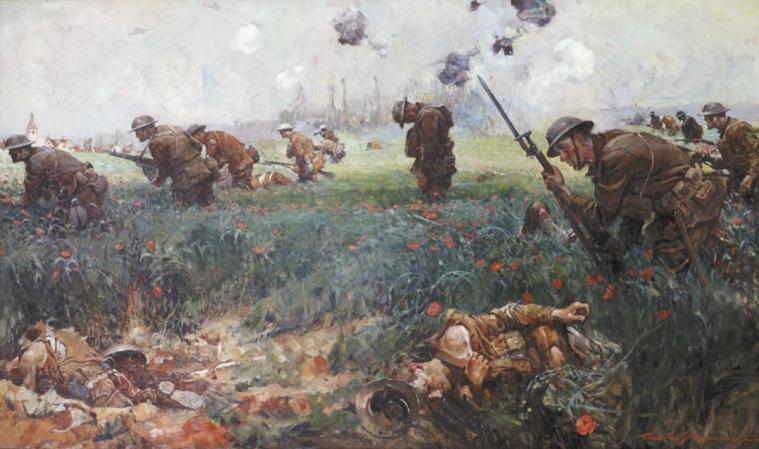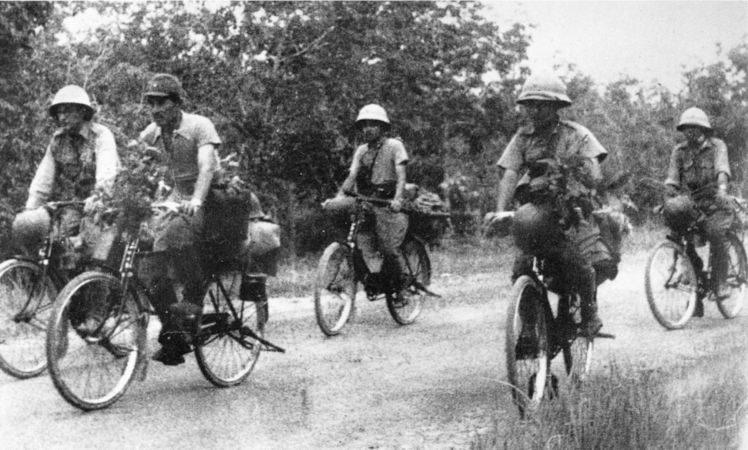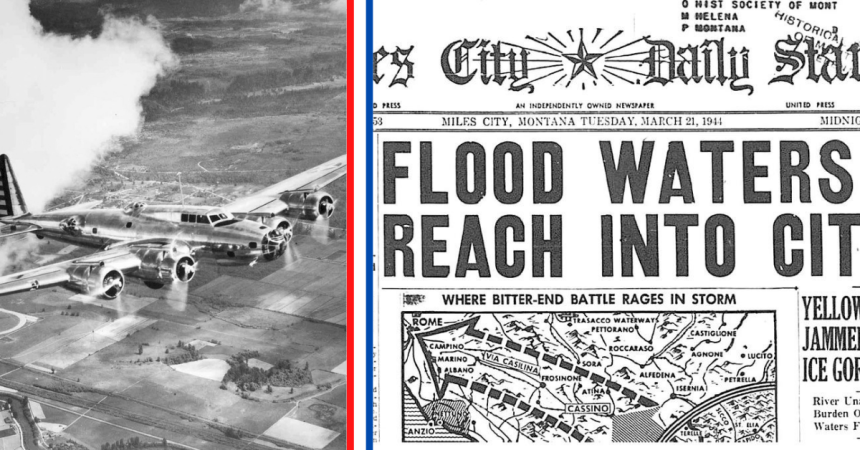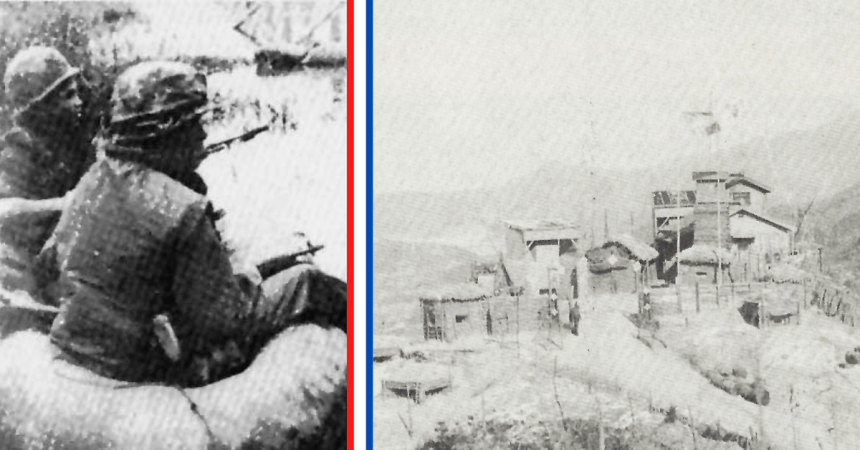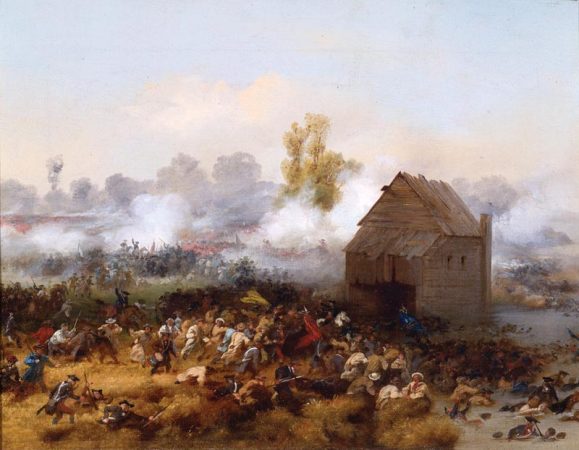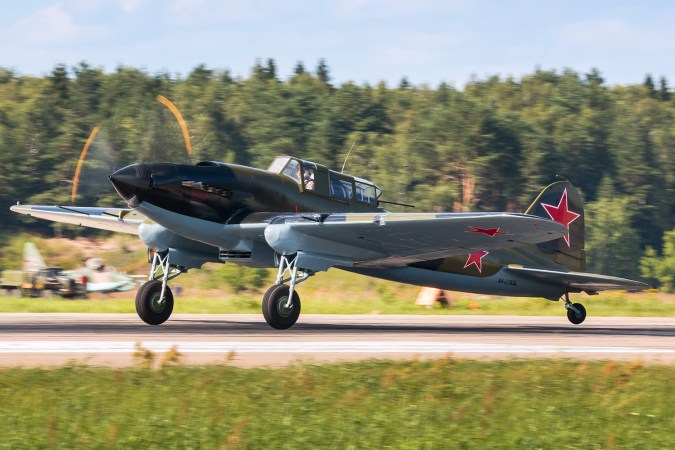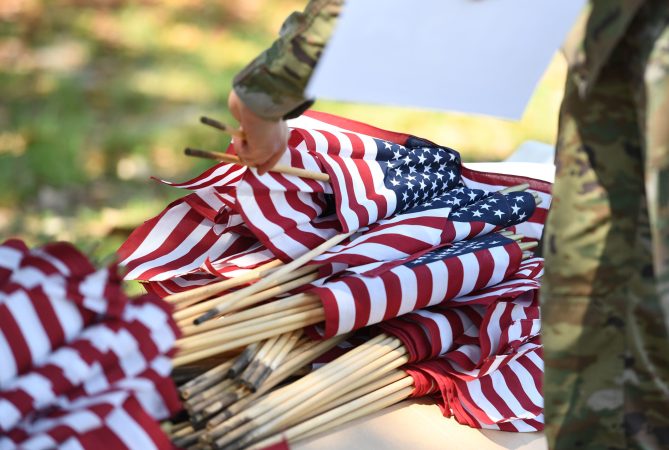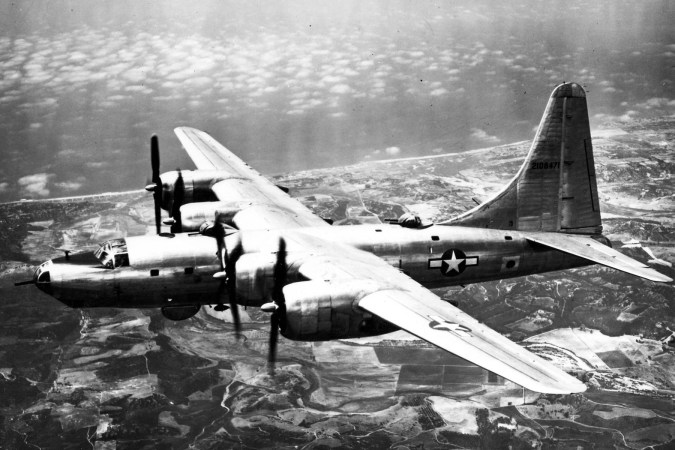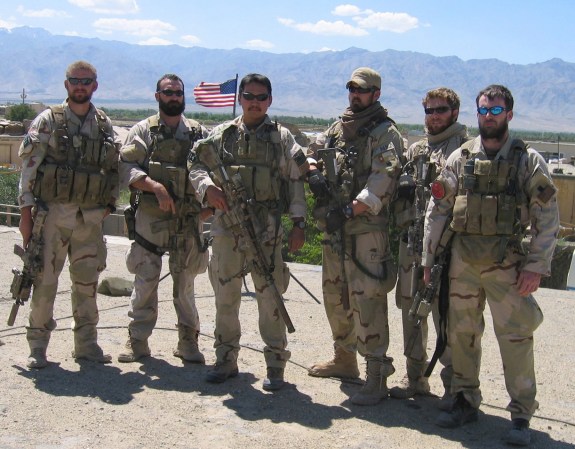Sit tight and crack open a cold one as we delve into the complexities of just war theory and warfare ethics. Ever wondered why some wars receive a pass while others are condemned as violent atrocities? Prepare to acquaint yourself with a concept known as Just War Theory. We’re about to school you on the blueprint that seeks to discern noble battles from savage brawls, all in the name of upholding morality. So, grab a chair, kick back, and get ready for an enlightening exploration of the intricate world of war ethics.
Foundations of Just War Theory
Now, Just War Theory isn’t exactly fresh off the press. Its footprints can be traced back to the old-timers, but its principles are as relevant as your morning cup of Joe in today’s conflicts. You can break this theory down into two beefy chunks: jus ad bellum (the justice of war) and jus in bello (the justice in war).
Now, let’s connect the dots between Just War Theory and some real-life warfare scenarios. Imagine the early 2000s, a time when the world hummed with discussions of Operation Iraqi Freedom (OIF) and Operation Enduring Freedom (OEF). These battlefields served as platforms where we introduced Just War Theory, providing us with some thought-provoking examples to ponder. To understand this fully, we have to look at both sides of Just War Theory. Let’s start with jus ad bellum.
Jus ad bellum
Jus ad bellum is all about the “why.” Why the heck are we throwing punches? It’s like the rulebook that needs to be followed to consider war as morally acceptable. We’re talking about just cause, proper authority, right intention, reasonable chance of success, proportionality, and last resort. Now, let’s zoom in on the invasion of Iraq in 2003, part of Operation Iraqi Freedom. Supporters said Saddam’s regime was a big-time threat to regional stability. Not only that, but they claimed he was harboring WMDs and he’d violated numerous human rights. This provided the “just cause” to intervene and take action. On the other hand, opponents wondered if the intel was accurate. Others questioned the legitimacy of the authority behind the invasion, and whether it truly was a last resort.
Jus in bello
Now, let’s shift gears to jus in bello, the “how” of war. It’s all about playing fair, setting boundaries on brutality, and keeping things as civilized as possible (if that’s even possible in war). We’re talking about proportionality, discrimination, and sparing civilians from unnecessary harm. When we look at the occupation of Afghanistan during Operation Enduring Freedom, we find ourselves grappling with these very principles.
The goal was to dismantle terrorist networks, primarily al-Qaeda, while also supporting the establishment of a stable Afghan government. However, the realities of guerilla warfare and the presence of insurgent groups like the Taliban blurred the lines between combatants and non-combatants. This made it challenging to apply the principles of discrimination and proportionality, resulting in civilian casualties and ethical dilemmas.
Add in the Geneva Conventions

But let’s not forget the Geneva Conventions, the heavyweight rulebook that comes into play here. It’s like the bible of war ethics, outlining how prisoners of war should be treated, the protection of civilians, and much more. These conventions were supposed to guide the conduct of war in Iraq and Afghanistan, but in the fog of battle, the adherence to these rules can become a murky affair.
Now, these examples from OIF and OEF demonstrate the complexities of applying Just War Theory in the real world. It’s not as clean-cut as an episode of your favorite war movie. There are moral dilemmas, conflicting interpretations, and harsh realities on the ground. And that’s precisely why Just War Theory continues to spark intense debates and discussions.
So, the next time you find yourself in a heated conversation about the justification and ethics of wars like OIF or OEF, remember that Just War Theory serves as a guidepost in navigating those choppy waters. It helps us question the reasons behind conflicts and sets limits on how they should be waged. It’s a framework that aims to make sense of the chaos, even though it sometimes falls short.
Just War Theory in action
Sure, theories are great and all, but let’s talk about real-world applications. Take the kerfuffle in Libya, 2011. Gaddafi’s regime was treating its people like punching bags, so a coalition stepped in, with airstrikes and support to rebel forces. Supporters claimed it checked the boxes for just cause, right intention and proper authority. Detractors said it was more cowboy than sheriff, with no clear plan and potential for fallout.
Fast forward to the ongoing slugfest in Syria. It’s a messy battlefield with too many cooks in the kitchen, sparking a raging debate about the ethics of intervention. Some say military action is needed to shield civilians from atrocities, while others warn it could pour gasoline on an already roaring fire.
Take the rough with the smooth
Just like that one MRE no one wants, Just War Theory has its critics. Some reckon it’s past its expiration date in today’s warfare landscape, where non-state actors, asymmetric conflicts and cyber warfare are the order of the day. Others argue that the criteria for just cause and proper authority are more malleable than Play-Doh, open to manipulation and interpretation.
Also, that line in the sand between combatants and non-combatants ain’t so clear in modern warfare, where insurgents are often playing hide-and-seek among civilians. This muddies the water when trying to stick to the principles of discrimination and proportionality.
Looking beyond the horizon
So, where does this leave Just War Theory? It’s still in the ring, with scholars and policy bigwigs looking for ways to keep it up to speed. They’re brainstorming on issues like cyber warfare, autonomous weaponry, and how technology is reshaping the face of war.
But it isn’t all about who has the biggest guns. There’s growing chatter about using non-military tools to untangle conflicts – diplomacy, negotiation, peacebuilding. Groups like the United States Institute of Peace are shaking the tree to find alternatives to war and push for ethics in policymaking.
Understanding Just War Theory is like being in the loop for a high-level strategy meeting. It helps us question war ethics and keeps our leaders on the straight and narrow. In turn, we’re able to play a part in molding a world where conflicts can be solved over a table rather than a battlefield.
So, keep your ear to the ground, and stay engaged with the realities of warfare. Here’s to hoping for a future where just wars are as rare as hen’s teeth, and just peace is the new normal. Keep this conversation alive and let’s strive for that future, one round at a time.


